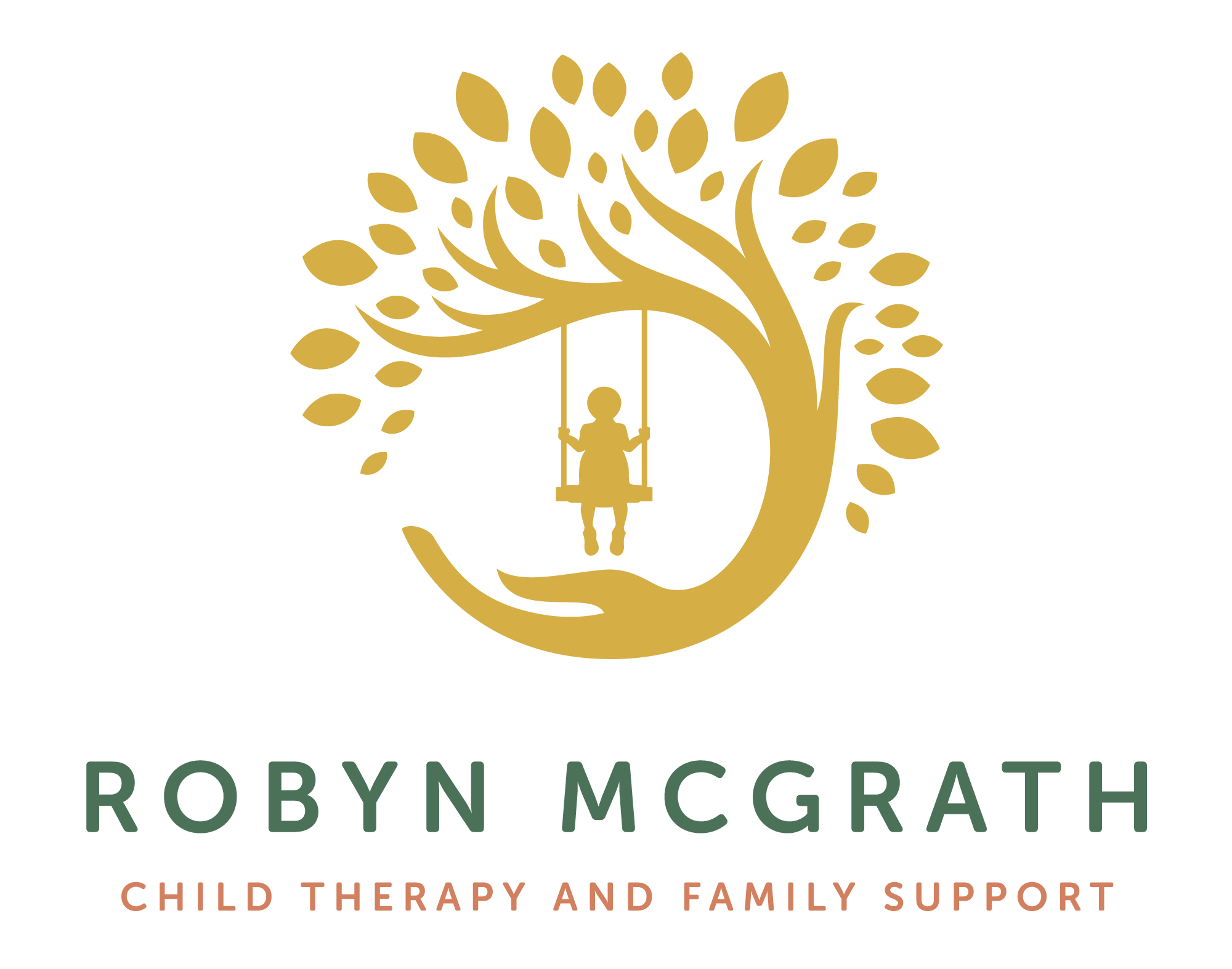Flexible Thinking
As the long holiday approaches, you might be looking forward to some down time. Or traveling. Or visiting family. Or all of the above. As adults, it may be “easy” to transition from activity to activity, but for some children, the shift in your well-established routine may cause inflexible thinking.
The unstructured days that accompany holiday breaks, spring breaks and summer breaks can either be bitter sweet, or just bitter. You may find yourself experiencing more tantrums, more tears, and more fighting. In turn, causing stress for your whole family.
Do you feel like your child might have a rigid view of the world? Or are they able to try new ways of doing things?
Children with cognitive inflexibility have difficulty with:
transitions
adapting to new environments
difficulty with peers who break the rules
frustration when they are not successful at their first attempt
melt down when there is a change in schedule
struggle taking another person’s point of view
trouble seeing alternate ways of doing things
On the other hand, children with cognitive flexibility:
are able to problem solve
can adapt to changes in schedule
can see another’s point of view
able to see things in different ways
can redirect attention from one thing to another
adjust with changing rules
go with the flow
Flexible thinking is one of the most talked about skills in my playroom. We constantly work to find new approaches to solve problems, foster the ability to switch gears, and take another’s viewpoint. Children who struggle with this area of executive functioning need practice to engage this important social skill.
How can you encourage cognitive flexibility at home?
Find multiple ways to approach an everyday task: Have your child choose a different way to go to school in the morning. Or let them take a bath before dinner. These small changes in routine allow your child to see that it’s safe to do things in a new way.
Model self-talk: “I wanted to make this recipe for dinner, but I don’t have all the ingredients. But I do have this to make another recipe.” As your child begins to practice self-talk they will experience less frustration and are able to brainstorm different possibilities.
Change the rules: If everyone agrees, allow your child to make up new rules to games. Try playing Connect Four by placing 2 pieces in at a time instead of 1. Children begin to approach problems differently learn rules aren’t always set in stone.
Play what’s this? Take a funnel and have you and your child come up with all the different things it can be. This divergent thinking helps children think creatively.
Identify flexible and inflexible thinking: Use the vocabulary “flexible thinking” or “rock brain thinking” throughout your daily activities and routines. Identify times you and your child exhibit traits of each.
While flexible thinking is a skill that takes time to develop, it’s important that as parents we remain open and flexible. Fostering cognitive flexibility in our children is imperative for their social emotional development. It is central to learning, problem solving, creativity, social interaction, and humor. And for some families, it’s essential for the functioning of the family as a whole.
Liked this article? Share it with your friends!

